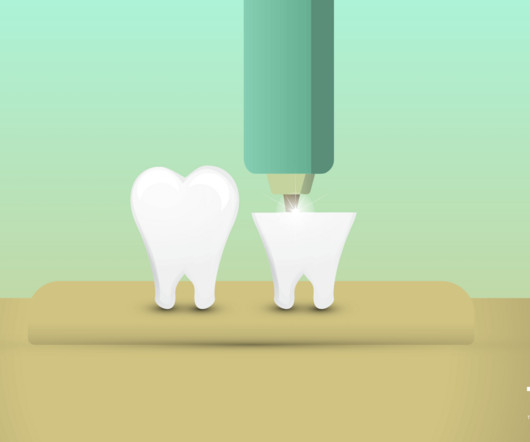9 Technologies That Will Shape The Future Of Dentistry
The Medical Futurist
JUNE 17, 2025
In comparison, the first VR-recorded surgery was performed at the Royal London Hospital in 2016. Teledentistry If you are reluctant to go to the dentist, imagine how hard it is for children, patients with special needs or the elderly in nursing homes.












Let's personalize your content